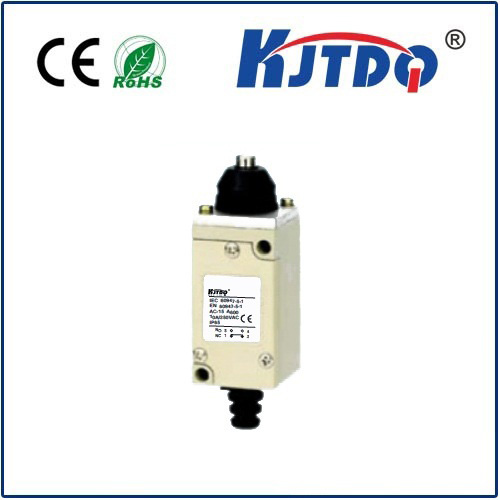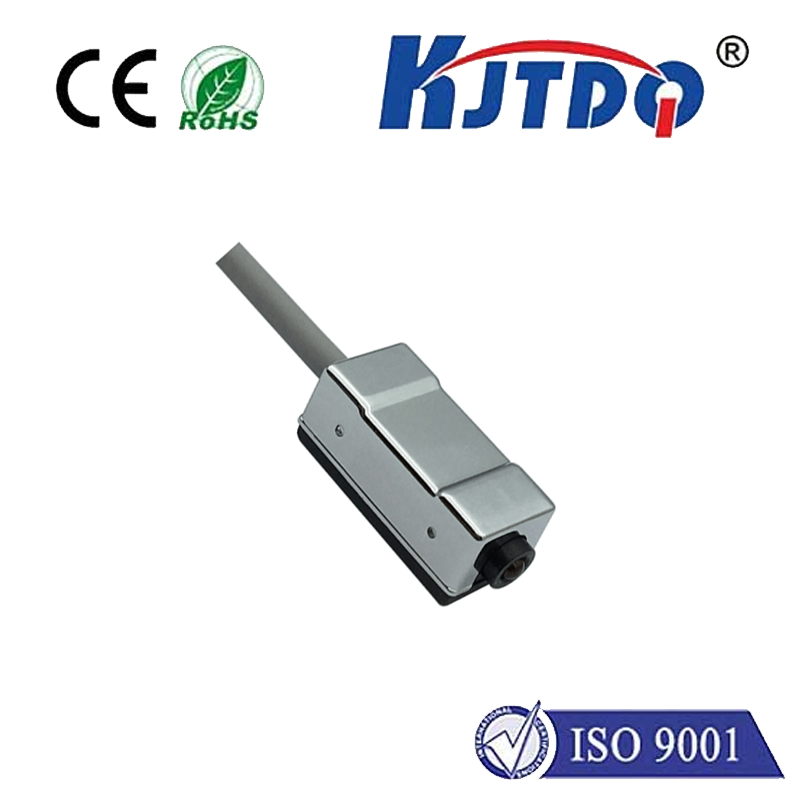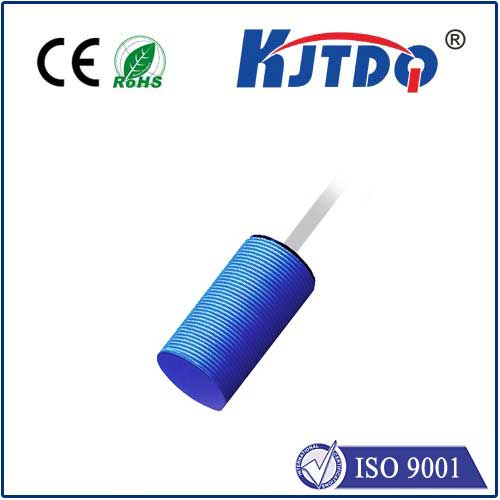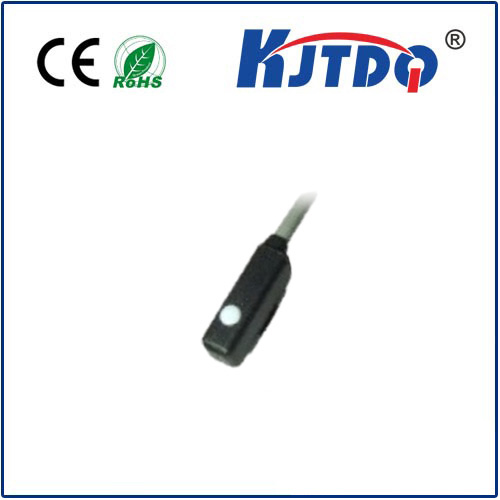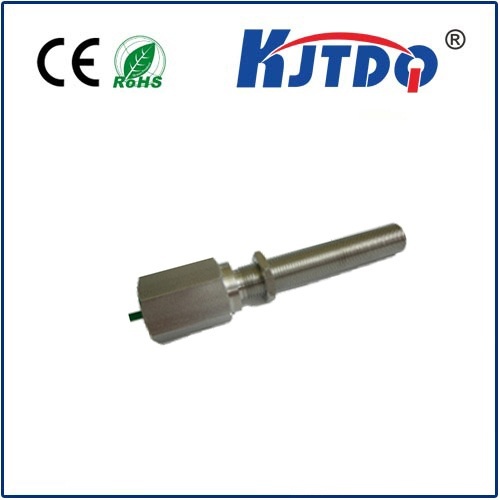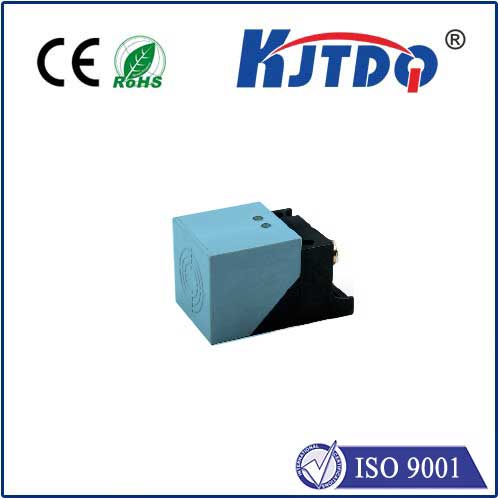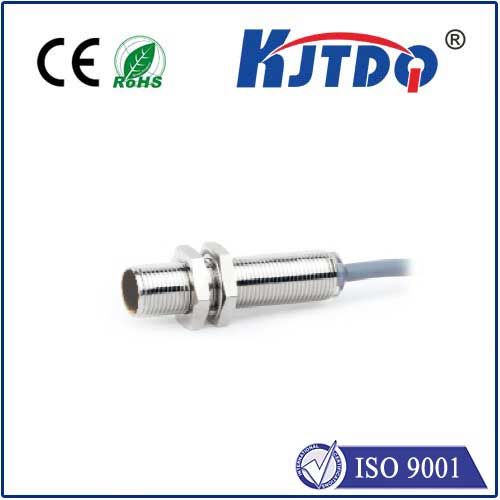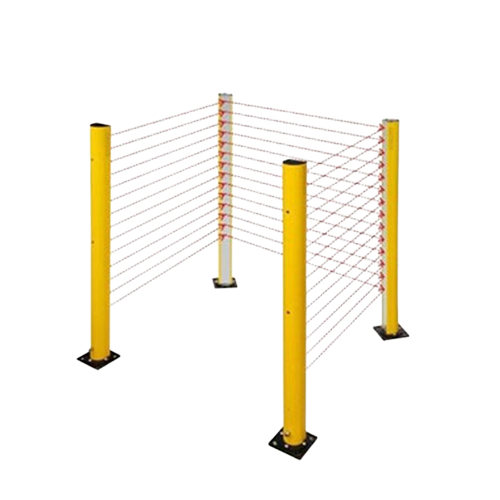

check

check

check

check

check

check

check

check

check

check
Title: Unlocking the Power of Limit Value Switches in IoT Devices
As the Internet of Things (IoT) continues to revolutionize the way we live and work, the need for efficient and reliable devices has become increasingly crucial. One such device is the limit value switch, a critical component of many IoT systems that helps regulate the flow of energy and ensure smooth operation. In this article, we will delve into the workings of limit value switches and explore how they contribute to the functionality and sustainability of IoT devices.
1. Introduction to IoT Devices and Limit Value Switches
4B2T1J56S27YR
The Internet of Things (IoT) refers to a network of interconnected devices that communicate with each other through the internet. These devices can range from simple sensors and actuators to complex systems involving multiple components. One essential aspect of IoT devices is their ability to adapt to changing conditions and perform tasks autonomously. This requires a robust and reliable control system, and that's where limit value switches come into play.
A limit value switch is a type of switch that regulates the flow of energy in an electrical system by turning it on or off based on a set threshold value. When the current or voltage crosses the threshold, the switch acts as a barrier, preventing any further flow beyond that point. This mechanism helps maintain the stability and efficiency of the device, ensuring that it operates within safe and optimal parameters.
1. The Role of Limit Value Switches in IoT Systems
4B2T1J56S27YR
Limit value switches are a fundamental component of many IoT systems, particularly those related to energy management and automation. Here's how they contribute to the functioning of these systems:
a) Power Management: In many IoT devices, power consumption can be a significant concern, particularly when dealing with battery-powered systems. Limit value switches help manage this by regulating the flow of energy in real-time, ensuring that the device remains within safe operating limits. By monitoring current and voltage levels, the switch can trigger automatic shut-offs or reduce power consumption when necessary, preserving battery life and extending operational time.
b) Safety Controls: Limit value switches also serve as safety mechanisms in some IoT applications. For example, they can prevent motors from overheating or overload by shutting down power when excessive current or pressure is detected. This protects both the device and user from potential hazards and ensures long-term reliability and safety.
c) Automation: Many IoT devices require precise control over various parameters to function optimally. Limit value switches allow for fine-grained adjustment of these settings, enabling users to tailor the device's behavior to specific needs. For instance, in temperature control systems, limit value switches can be used to regulate heating or cooling based on desired temperatures, while still maintaining overall system efficiency and stability.
1. Advantages and Challenges of Using Limit Value Switches in IoT Devices
4B2T1J56S27YR
Despite their numerous benefits, using limit value switches in IoT devices also presents several challenges:
a) Interference: In some cases, limit value switches may be susceptible to interference from external sources, such as electromagnetic fields or high-frequency signals. This can affect their accuracy and reliability, potentially compromising the integrity of the entire IoT system. To mitigate this issue, engineers must carefully design limit value switches to minimize interference and ensure consistent performance across different environments.
b) Complexity: Managing multiple limit value switches within an IoT device can add complexity to their design and operation. It requires careful coordination between different components and specialized knowledge to configure and monitor these switches effectively. As IoT devices continue to evolve and become more sophisticated, addressing these challenges will be a key area of focus for researchers and developers.
1. Future Trends in Limit Value Switches for IoT Devices
4B2T1J56S27YR
2
